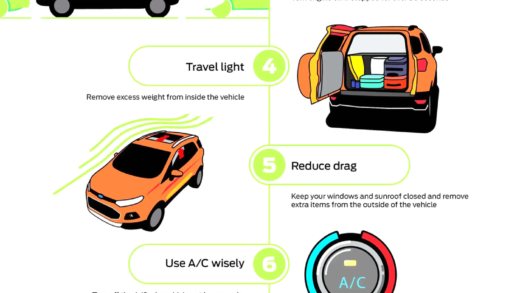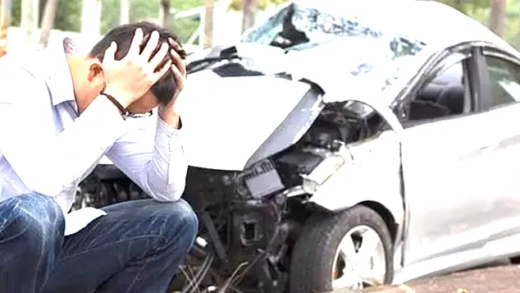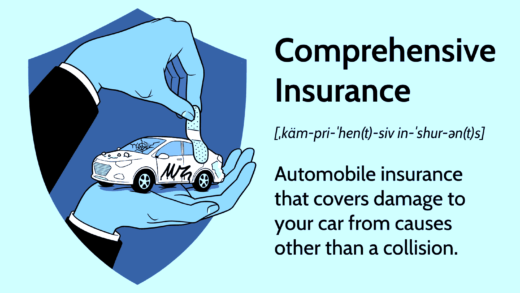Bicycles impact car traffic in various ways, often enhancing flow rather than hindering it. Motorists can coexist better with cyclists by giving space and being patient. Cities like Amsterdam and Copenhagen demonstrate successful integration of bicycles into traffic. The future of urban mobility is increasingly bicycle-friendly, focusing on sustainability and community engagement.
Do Bicycles Slow Down Cars?
Bicycles and car traffic often find themselves intertwined on the road. A common question arises: do bicycles slow down cars? The answer is nuanced. In many cases, the presence of bicycles may cause minor delays for cars, especially in congested areas. However, studies show that these delays are often negligible when considering overall traffic flow. For instance, a study from the Natural Resources Defense Council indicates that adding bike lanes can enhance traffic efficiency by reducing the number of cars on the road.
Speed Differences: Cars vs. Bicycles
When comparing speed differences between cars and bicycles, it’s clear that cars typically travel much faster. Cars average speeds of 25-45 mph in urban areas, while bicycles usually cruise at about 10-15 mph. This significant difference means that while cars can overtake bicycles easily, the interaction between the two can influence traffic dynamics. In fact, slower bicycles can sometimes encourage drivers to adopt more cautious driving behavior, ultimately promoting safety.
Bicycles and Traffic Flow
Examining the overall impact of bicycles on traffic flow reveals some interesting insights. Bicycles can enhance traffic flow by reducing the number of cars on the road. When more people choose to ride bikes instead of driving, the overall volume of traffic decreases, leading to smoother commutes for everyone. According to the League of American Bicyclists, cities that promote cycling see a marked reduction in congestion. This is particularly evident during peak hours, where bike lanes allow for efficient movement without obstructing car traffic.
Conditions Matter: When Bikes Affect Cars More
There are specific conditions where bicycles can significantly impact car traffic. For instance, narrow roads without designated bike lanes can lead to frustration among drivers, as they must navigate carefully around cyclists. Additionally, during peak traffic hours, the presence of bicycles can create temporary slowdowns, especially in areas with high cyclist traffic. Weather conditions also play a role; on rainy days, cyclists tend to be less visible, which can result in more cautious driving. Urban planners are increasingly recognizing these factors and are working to create environments where bicycles and cars coexist more harmoniously.
Misconceptions About Cyclists
Misconceptions about cyclists are widespread, often leading to tension between cyclists and motorists. One of the most common myths is that cyclists are a major cause of traffic congestion. In reality, cyclists often help reduce traffic volume. When more people choose bicycles over cars, the overall number of vehicles on the road decreases. Studies from organizations like the League of American Bicyclists highlight that cities with more cyclists experience less congestion. Another misconception is that cyclists are reckless and disregard traffic rules. In fact, many cyclists are quite aware of their surroundings and follow traffic regulations. It’s crucial for both drivers and cyclists to understand these facts to foster a safer and more cooperative road environment.
City Planning for Bicycles
City planning for bicycles is becoming increasingly essential in modern urban development. Urban planners are recognizing the need for dedicated bike lanes, bike parking, and safe crossings to enhance the coexistence of bicycles and cars. This planning includes integrating bicycle infrastructure into existing road systems, ensuring that cyclists have safe routes that do not impede car traffic. Cities like Amsterdam and Copenhagen serve as excellent examples of successful bike-friendly urban designs. According to the Natural Resources Defense Council, implementing bicycle-friendly policies can lead to increased cycling rates, which benefits overall traffic management by reducing car dependency.
The Benefits of More Bicycles on the Road
More bicycles on the road translate to numerous benefits for urban environments. Firstly, increased cycling leads to lower greenhouse gas emissions, which contributes to better air quality. Secondly, the presence of bicycles can enhance public health by encouraging physical activity among residents. Moreover, promoting cycling can reduce the wear and tear on roads, leading to lower maintenance costs for cities. Economically, bike-friendly initiatives can boost local businesses as cyclists are more likely to stop at shops and cafes along their routes. Additionally, with fewer cars on the road, traffic flow improves, making commutes faster for everyone.
Bicycles and Driver Behavior
The presence of bicycles on the road influences driver behavior significantly. Studies have shown that when drivers see cyclists, they tend to be more cautious and attentive, which can lead to safer driving conditions. This awareness can reduce accidents involving cyclists and create a more respectful road-sharing environment. Drivers are often more likely to give cyclists space when they are accustomed to seeing them regularly. Furthermore, positive interactions between cyclists and motorists can foster a culture of mutual respect. It is essential for drivers to understand that sharing the road with cyclists can lead to better overall traffic dynamics.
Coexisting on the Road: Tips for Motorists
Bicycles and car traffic can coexist peacefully with a few simple adjustments from drivers. Here are essential tips for motorists to enhance road sharing:
- Give Space: Always maintain a safe distance when passing cyclists. A minimum of three feet is recommended to ensure safety.
- Be Patient: If a cyclist is riding in front of you, exercise patience. They are legally allowed to use the road and often navigate safely at their own pace.
- Use Turn Signals: Indicate your intentions clearly. This reduces confusion and helps cyclists anticipate your moves.
- Check for Cyclists: Always look for cyclists before opening your car door or making a turn. Unexpected movements can lead to accidents.
- Educate Yourself: Familiarize yourself with local laws regarding cyclists. Understanding the rules can lead to a more harmonious relationship on the road.
Following these guidelines not only promotes safety but also fosters a respectful atmosphere between cyclists and motorists, ultimately improving the overall traffic experience.
Real-Life Examples of Bike-Friendly Cities
Many cities worldwide have successfully integrated bicycles into their traffic systems, leading to improved urban mobility. Here are some noteworthy examples:
- Amsterdam: Renowned for its extensive cycling infrastructure, Amsterdam boasts dedicated bike lanes, bike parking, and traffic signals designed specifically for cyclists. This approach has resulted in over 60% of residents using bicycles as their primary mode of transport.
- Copenhagen: With a commitment to cycling, Copenhagen has invested in safe bike paths and bike-sharing programs. The city aims to become carbon-neutral by 2025, heavily relying on bicycles to achieve this goal.
- Portland: In the U.S., Portland has embraced cycling by creating a comprehensive bike network. Their initiatives have increased cycling rates and reduced car traffic, demonstrating the positive impact of urban cycling infrastructure.
These cities exemplify how prioritizing bicycles can lead to reduced congestion, improved air quality, and a more vibrant urban life. By investing in cycling infrastructure, other cities can replicate these successes.
The Future of Urban Mobility
The future of urban mobility is increasingly leaning towards bicycles as a sustainable transportation option. With growing concerns about climate change and urban congestion, cities are rethinking their transportation strategies. Here are some trends shaping the future:
- Increased Investment: Cities are allocating more funds to develop bike lanes and improve cycling infrastructure, recognizing the importance of bicycles in reducing traffic.
- Technological Integration: Smart traffic management systems that prioritize cyclists can enhance road safety and efficiency. Innovations like bike-sharing apps are also making cycling more accessible.
- Community Engagement: Cities are involving residents in planning processes, ensuring that cycling needs are considered. Public feedback helps tailor bike infrastructure to local demands.
As urban areas continue to evolve, bicycles will play a pivotal role in creating sustainable, efficient, and livable cities. Embracing this shift can lead to healthier populations and more connected communities.





Comments are closed.